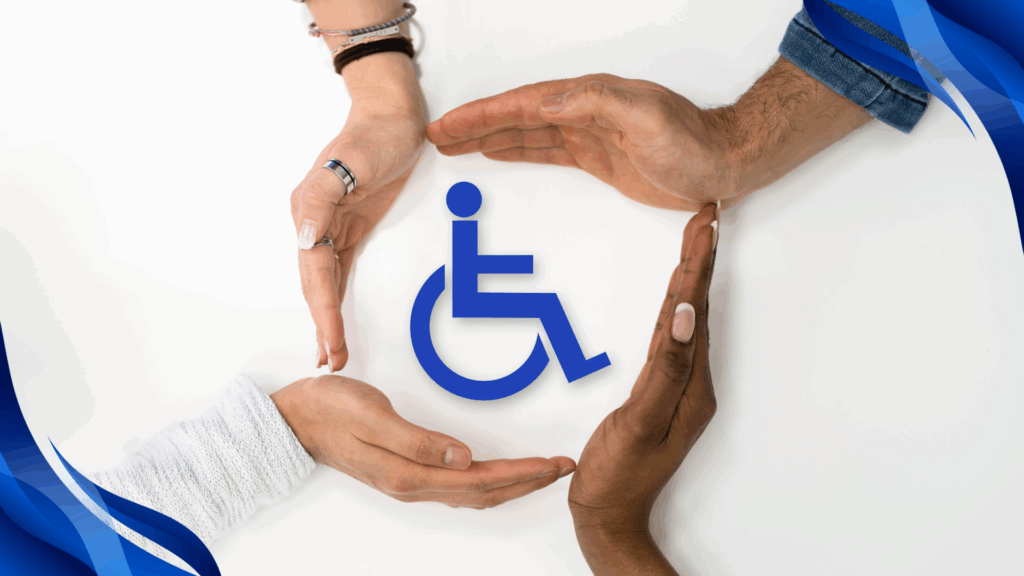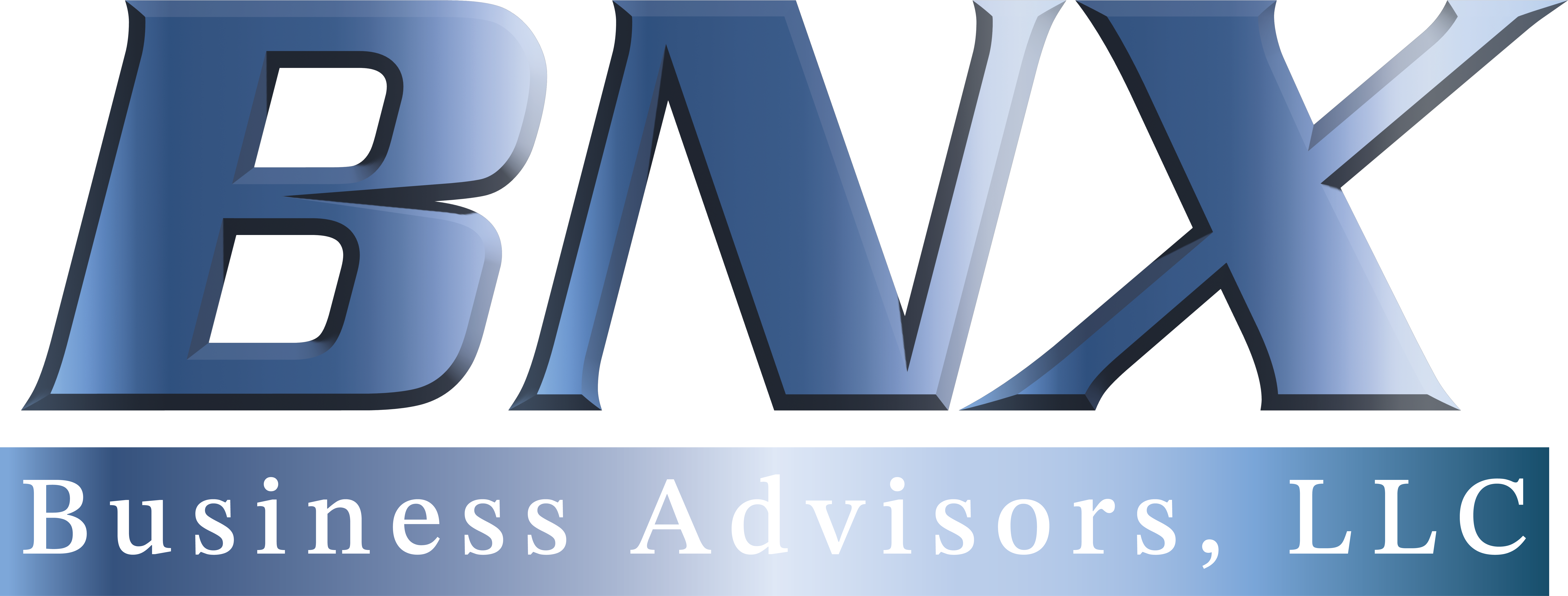
Disability and Age Discrimination Are Spiking — The Hidden Crisis Facing Older and Differently-Abled Workers in 2025
Disability and age discrimination are spiking—and it’s creating a silent crisis for Black and Non-White professionals who are older or differently-abled. According to the EEOC’s latest data, disability discrimination claims climbed from 29,160 in 2023 to 33,668 in 2024, while age discrimination charges jumped by nearly 2,000 to 16,223. These increases aren’t random—they reflect deep, systemic workplace shifts that are leaving entire communities behind.
At BNX, we believe in shedding light on what the numbers mean, not just what they say. If you’re a mid- or late-career Black professional or someone navigating the workforce with a disability, these trends impact you directly. This blog will help you understand the scope of the problem, recognize the signs, and take steps to protect your future in 2025 and beyond.

Table of Contents
1. What’s Driving the Spike in Disability and Age Discrimination?
The data tells a clear story—discrimination based on age and disability is on the rise, and not by accident.
Here’s what’s fueling the increase:
- Workplace tech bias: AI-driven hiring tools may screen out older or differently-abled applicants.
- DEI rollback fatigue: As companies pull back on equity initiatives, non-visible bias resurfaces.
- Misunderstood accommodations: Managers often lack training on how to support employees with chronic illness, neurodiversity, or age-related needs.
- Cultural invisibility: Older and differently-abled Black professionals are frequently underrepresented in leadership or DEI narratives.
In 2024, these factors collided—creating an environment where exclusion becomes harder to detect, but more deeply felt.
2. How Age and Disability Bias Shows Up at Work
Many BNX community members are living with discrimination they’ve been conditioned to normalize. Here’s how it often manifests:
- Tech-based discrimination: AI resume filters or algorithmic interview scoring systems downgrade older applicants.
- Subtle ageism: Being labeled “outdated” or “not a cultural fit” despite solid performance.
- Undermined confidence: Assumptions about productivity or adaptability due to a disability.
- Glass cliffs: Being given unstable or doomed assignments as the “diversity hire” with no real support.
These experiences add up—not just emotionally, but legally. The sharp rise in claims proves that workers are fed up.
3. Legal Rights You Should Know in 2025
Knowing your rights is the first step to protecting yourself:
- The Americans with Disabilities Act (ADA): Requires employers to provide reasonable accommodations for disabilities—physical, mental, or cognitive.
- The Age Discrimination in Employment Act (ADEA): Protects workers over 40 from age-based discrimination in hiring, firing, promotions, and pay.
- The Rehabilitation Act: Applies to federal contractors and agencies, adding an extra layer of protection for disabled workers.
BNX Tip: Don’t wait for a pattern to become obvious. Begin documenting from the first questionable action.
4. How AI and Hiring Tech Could Be Working Against You
AI-based hiring systems are increasingly being used to:
- Screen resumes
- Assess video interview responses
- Predict “culture fit” through data analysis
But these tools often reflect the biases of their creators:
- Older candidates may be penalized for “gaps” or long tenures.
- Disabled professionals may be unfairly rated due to non-standard communication styles or accessibility needs.
If you suspect bias from a hiring algorithm, know that EEOC guidance now extends to AI systems. Employers are responsible for discrimination, even if it’s tech-enabled.
5. Navigating the Workplace as a Differently-Abled or Older Professional
BNX encourages you to advocate for yourself strategically while also building internal and external support systems.
Make Accommodation Requests Official
Submit in writing and keep records. Your employer is legally required to engage in an interactive process to accommodate you.
Challenge Ageist Language
Push back on phrases like “digital native,” “fresh energy,” or “modern mindset” when used to justify exclusion.
Use Performance Data
Anchor conversations in your metrics. Bias often fades in the face of facts.
Build Cross-Generational and Disability Solidarity
Connect with others through ERGs, external networks, or BNX. Community creates safety.
6. What Employers Must Change in 2025
Ignoring these trends comes with risk—not just reputational, but legal and financial. Employers must:
- Conduct bias audits of hiring tech
- Train managers on inclusive leadership for age and disability
- Fund accessibility initiatives, not just check compliance boxes
- Elevate diverse leaders across age and ability lines
Equity doesn’t end at race or gender—it must expand to include age and ability or it fails altogether.
BNX: Championing Equity Across Every Identity
At BNX, we see you. Whether you’re a mid-career professional navigating new health challenges or an older Black employee being edged out of leadership, you matter. We’re here to offer:
- Educational content on your legal rights and protections
- Career coaching for those facing tech transitions or ageism
- Support networks that affirm your identity and experience
- Community stories that reflect your reality
This isn’t just about survival—it’s about thriving, with dignity and power.
FAQs
Q: Am I protected under the ADA even if my disability isn’t visible?
A: Yes. The ADA covers both visible and non-visible conditions, including chronic illness, mental health conditions, and neurodivergence.
Q: What qualifies as age discrimination?
A: Being denied opportunities, treated less favorably, or stereotyped due to being over 40 qualifies as age discrimination under the ADEA.
Q: Can I challenge a biased hiring algorithm?
A: Yes. The EEOC has clarified that employers are responsible for discriminatory outcomes, even if decisions are made by AI tools.
Q: What if I don’t want to disclose a disability?
A: You’re not required to unless requesting accommodations. However, without disclosure, you may not be entitled to legal protections if bias occurs.
Q: How can BNX help me if I face workplace discrimination?
A: BNX provides guidance, insights, peer support, and empowerment tools to help you assert your rights and protect your career.
Final Thoughts:
Disability and age discrimination are rising—but so is our ability to respond. The workplace of 2025 doesn’t have to leave you behind. With knowledge, strategy, and the support of the BNX community, you can claim your rightful space. Let’s move forward—stronger, smarter, and together.
